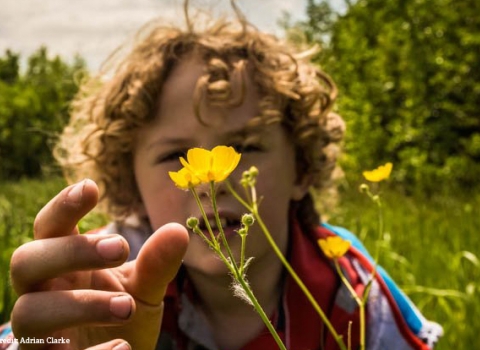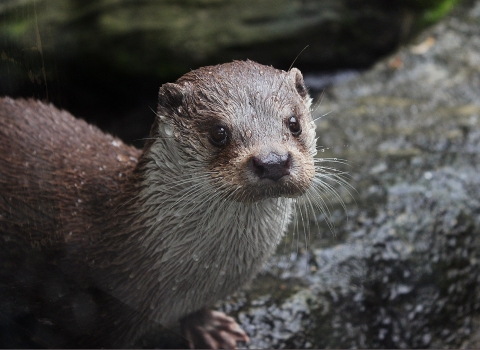Wildlife needs space. Previously wildlife conservation efforts focused on protecting small pockets of land for wildlife, such as nature reserves. While they are important refuges for wildlife, nature reserves alone are not enough. They are often surrounded by relatively hostile urban, agricultural and industrial landscapes. Some of our most endangered wildlife needs greater support and opportunity to survive the many pressures of human activity.
Evidence shows that we are continuing to lose wildlife and the places where wildlife lives at an alarming rate. The nature reserves we manage are not sufficient to ensure that our wildlife survives into the future.
Our vision is nature restoration on a much larger landscape scale. Creating a Living Landscape across the county to ensure wild places exist across the county. By creating joined-up spaces for wildlife, it can move freely across the landscape with adequate space to feed, breed and thrive.
Creating a Nature Recovery Network
We want nature friendly farming, along with towns and cities brimming with wild spaces. We want our rivers cleaner, ample trees across our county to create ancient woodlands for the future, buildings with green roofs and walls, and our landscape insect friendly. For this to become a reality we need to help nature to recover. It has been put under too much pressure by human activity.
Our nature reserves are small oases of wildlife-rich land which sit in a disjointed landscape for many species. Working to create a Nature Recovery Network will connect these spaces together to create a vibrant living landscape where wildlife can thrive. Our current wider landscape is a shadow of its former self. Fences line people's gardens, wild open spaces have been blocked with building developments and so many waterways polluted. Our approach will achieve a resilient and healthy environment rich in wildlife with ecological security for people.
We run numerous projects supporting landowners, farmers, councils, businesses, individuals and communities, all working together to make more space for nature, with access to wild spaces for all. We are joining the dots – restoring, recreating and reconnecting isolated habitats. Together we are building a Nature Recovery Network and with it will come a healthy Living Landscape and a wilder Staffordshire.
Our projects
You can read up on the projects we are working on beyond our nature reserves to create a joined up wilder Staffordshire below:

Credit: Adele Clarke
Stoke-on-Trent and urban Newcastle
Over the last decade the Trust has worked on various initiatives in Stoke-on-Trent and Newcastle-Under-Lyme. Over coming years we hope to expand on our previous river restoration work in the city. We're developing a project in the Trent Headwaters area, where we'll aim to work with communities to transform and celebrate the river.

Our Rivers
A broad range of wetland habitats can be found in Staffordshire including rivers, streams, canals, lakes, reservoirs, meres, mosses, inland saltmarsh, wet woodlands, fens, marshes, swaps, bogs and reedbeds. Find out more about our projects that conserve and shape Staffordshire rivers and its inhabitants
Round-leaved sundew (photo by MHC Project Manager Jackie Wragg).
Morridge Hill Country
SWT are supporting this project which is led by the Peak District National Park Authority (PDNPA). The project is paving the way to accelerate nature recovery and sustainable land management in the South West Peak area. The project is funded by DEFRA’s Landscape Recovery Round 2.
